Art World
On the 150th Anniversary of ‘Das Kapital,’ Here Are 5 Major Artworks Inspired by Marx’s Seminal Text
From a 3-D-printed sculpture to an interpretative dance performance, Marx's writing continues to influence artistic discourse.
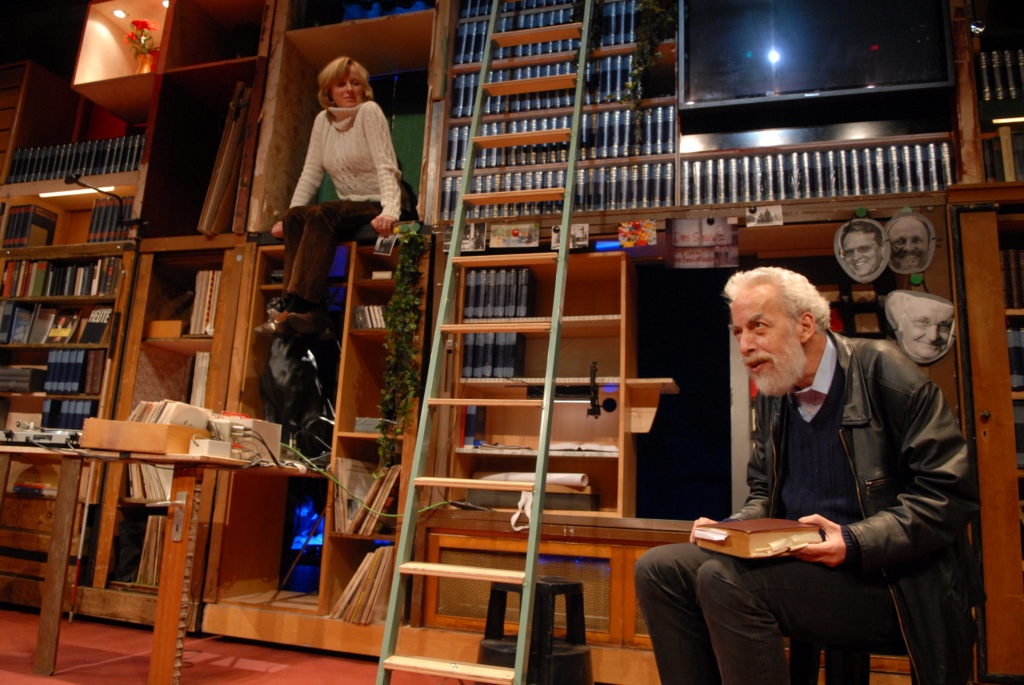
From a 3-D-printed sculpture to an interpretative dance performance, Marx's writing continues to influence artistic discourse.

Naomi Rea

There are tens of thousands of pages in the four hefty volumes of Karl Marx’s Capital: Critique of Political Economy, more commonly referred to as Das Kapital.
The first volume of the opus—where Marx expounds on three decades of research into the capitalist production of industrial England—was published on September 14, 1867. A century and a half later, the dense tome has become familiar to many—although few have read it.
Marxist theory has had a tremendous influence on the interpretations of art and art history, particularly in the 1960s, when a generation of art historians developed critical theories based on Marxist aesthetics and left-communist ideology.
Since then, Marx’s analysis of the creation of value in capitalist society has been particularly relevant to how we think about art and artistic production today. As a result, Marx’s writings continue to be dominant in artistic discourses, as well as the subject of many artworks.
More importantly, art can make the contents of Marx’s complex writings more accessible to people by visually conveying the messages contained within them, and there are many ways in which art might be able to offer a fresh perspective on the 150-year-old text. So in honor of the German economist and his influential work, here are five interesting ways Das Kapital has been considered by artists throughout the years.
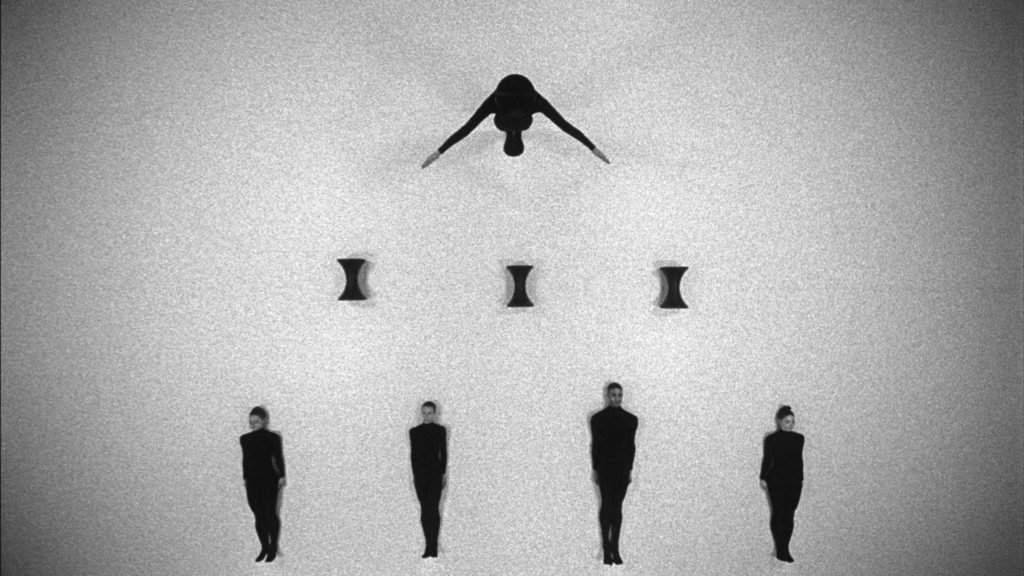
Duncan Campbell, It for Others (2013). Courtesy the artist and Rodeo Gallery, London.
First seen at the Scottish pavilion of the 2013 Venice Biennale, the Irish artist’s video essay It For Others won Britain’s prestigious Turner Prize in 2014. The 54-minute film draws on Marxist theory (among other things) to produce an intellectually challenging episodic exploration of the construction of value and meaning.
Campbell also collaborated with choreographer Michael Clark to create a cinematic dance performance, featured in the middle part of the video, and based on Marx’s economic theories and ideas. The dancers—black-clad figures seen from a bird’s eye view across white space—move mechanically, as if they were cogs in a machine. Apart from the overt references to labor and industry, the dancer’s gestures visually recall Marx’s statistical diagrams as their bodies tessellate the white background.
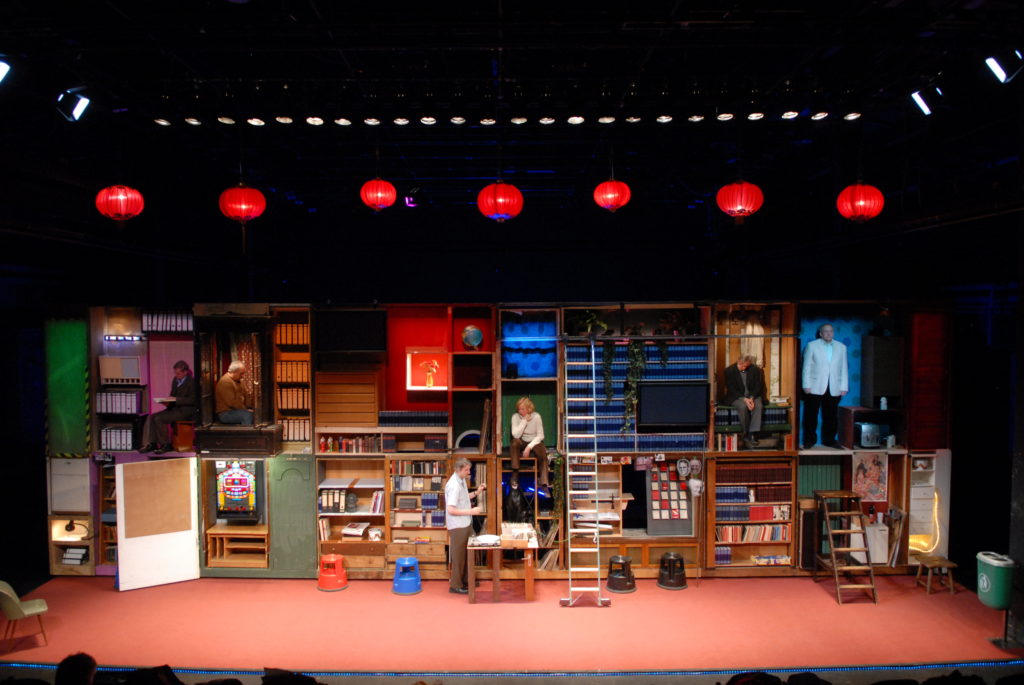
Das Kapital Band 1. Courtesy Helgard Kim Haug / Rimini Protokoll.
In 2006, an avant-garde team of German “author-directors,” working under the moniker Rimini Protokoll, made an ambitious move to extend the first volume of Marx’s seminal work from the page to the stage.
You might imagine it would be difficult to dramatize a treatise on the division of labor and capitalist modes of production, but the directors enlisted a group of eight Marxist enthusiasts, who had read the work cover to cover, to collaborate on the project. Covering academic studies to the displacement of the cottage industry, a motley crew featuring a university professor, an electrician, a socialist from east Germany, and a homeless teenager tell the audience about their encounters with the text, showing how relevant it is to many levels of society. The Helgard Haug and Daniel Wetzel play was awarded the Mülheimer Dramatikerpreis, one of Germany’s the leading theater awards, in 2007.
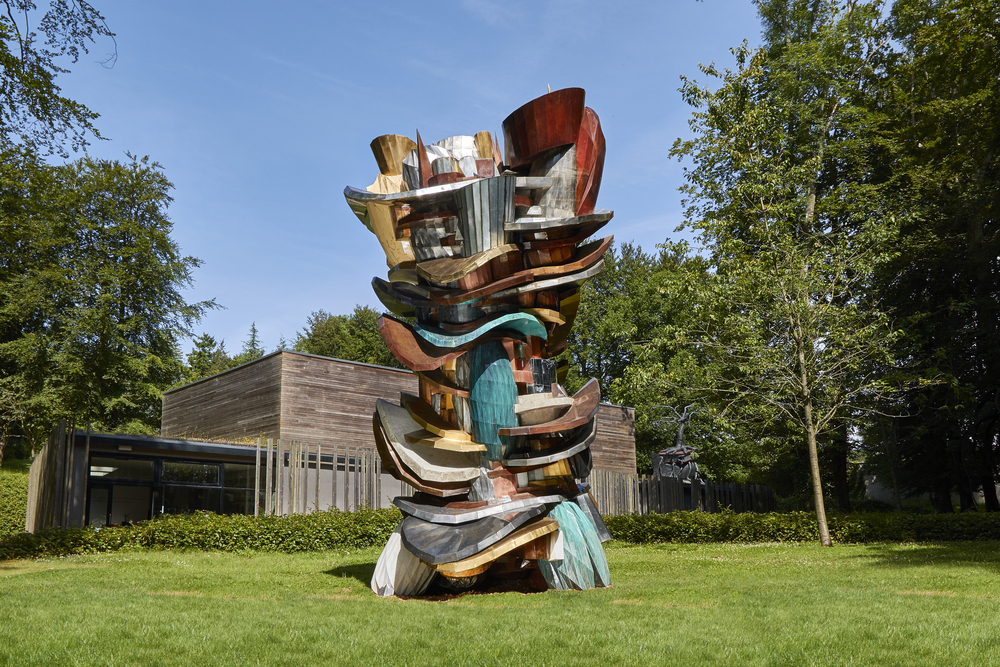
Wang Yuyang, Identity, (2016). Courtesy the Cass Sculpture Foundation.
Chinese multimedia artist Wang Yuyang’s turned the entire text of Karl Marx’s Capital: Critique of Political Economy into binary code. This code then determined the material, colors, and structure of a sculpture, which he visualized using 3-D modeling. Titled Identity, the six-meter-tall piece is made from warped brass, metal, wood, and stone. Wang’s work has been shown internationally, including at major exhibitions and festivals such as the 9th Shanghai Biennial and the 4th Guangzhou Triennial in China.
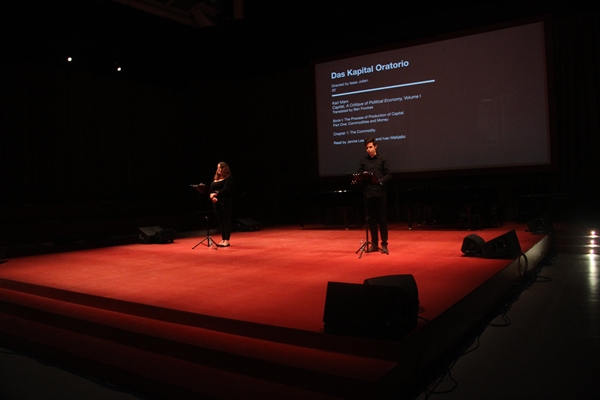
Isaac Julien’s Das Kapital Oratorio at the 2015 Venice Biennale. Photo: Job Piston
Turner-prize nominated filmmaker Isaac Julien took on the daunting task of directing his Das Kapital Oratorio inside the David Adjaye-designed ARENA, a satellite space within the Central Pavilion of the 2015 Venice Biennale.
The staged reading of three volumes of the text anchored Okwui Enwezor’s edition of the prestigious international show. Throughout the biennale’s seven-month run, the entire text was read aloud multiple times by trained actors, albeit in 30-minute bursts.
The intervention of the socialist text at an elite art-world event such as the Venice Biennale invited some invective criticisms from visitors, but Marx’s discussion of the fetishization of the object seemed particularly relevant in today’s art market.
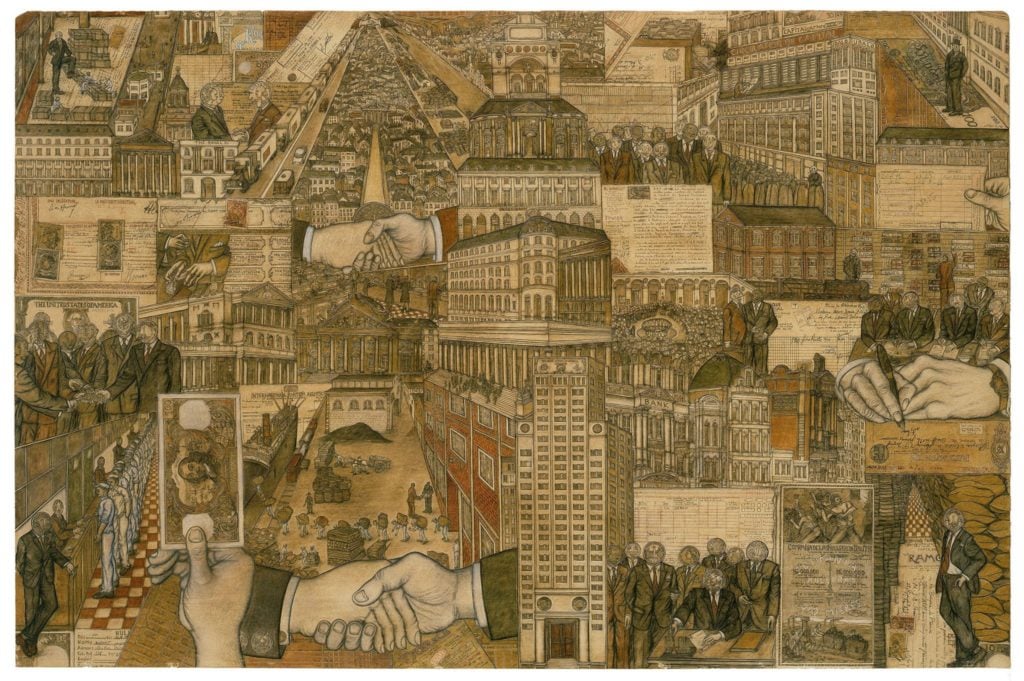
Yüksel Arslan, Le Capital: Circulation du Capital, Arture XXIII (175), (1973-74). Image courtesy the Drawing Center. Photo: Cathy Carver.
Turkish painter Yüksel Arslan developed his own artistic technique called “Arture”—a composite of art and écriture (writing). His expressive, tinted drawings and collages were created with man-made and organic materials including honey, ash, eggs, and he used bodily secretions such as blood and urine to mix his own pigments.
Arslan considered many Eastern and Western philosophical texts through his work but devoted much of the 1970s to creating didactic illustrations inspired from Das Kapital in his series “Le Capital” (1967-1975).
Slightly yellowed by the organic materials used to color them, Arslan’s surrealist tableaux featuring greedy capitalists and poverty stricken laborers provide a companion to Marx’s difficult text.